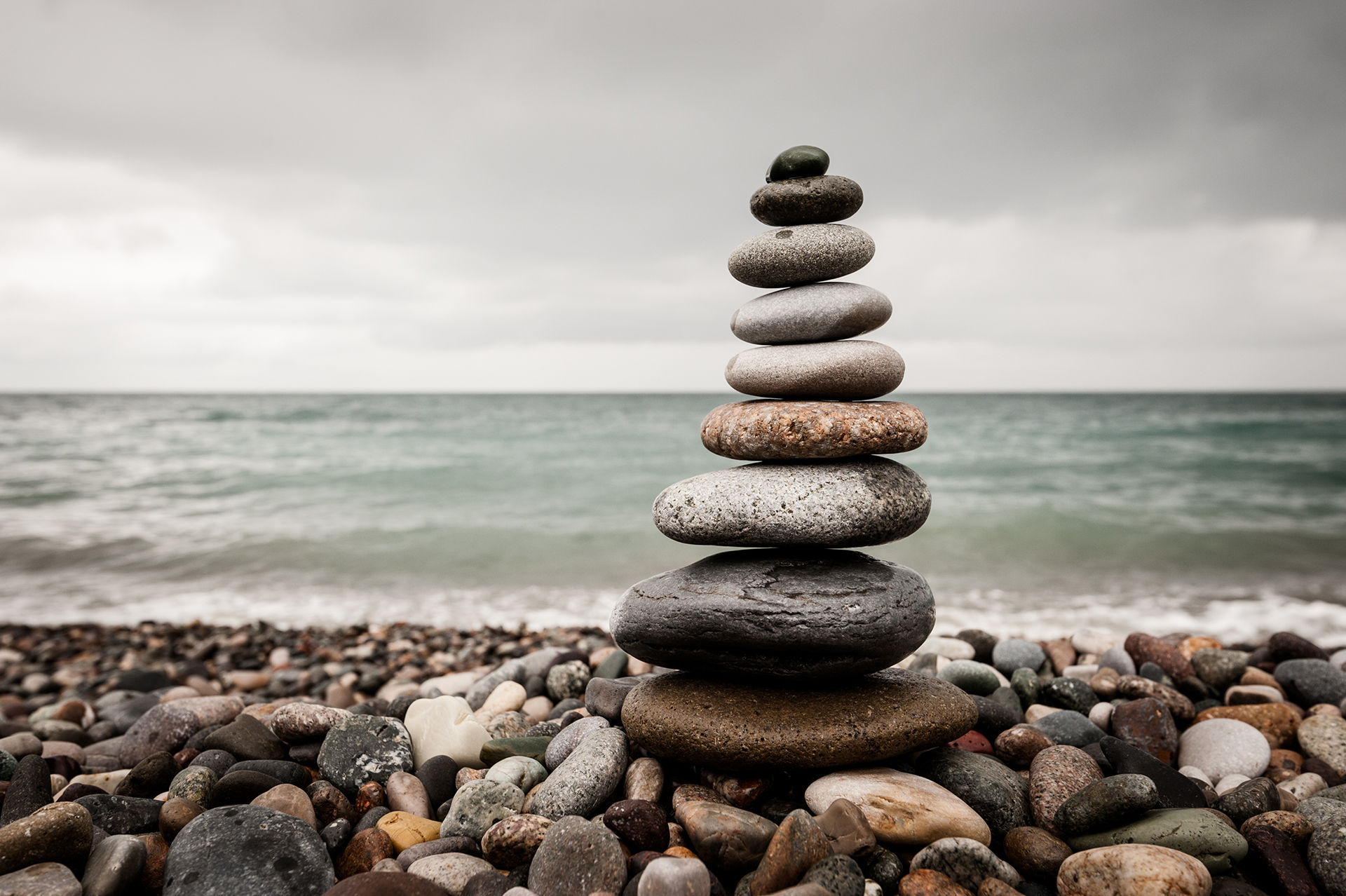Pay Attention: 5 Mindfulness Practices
- Neelam Sharma
- Feb 9, 2018
- 4 min read

Mindfulness is having a moment. It's all over television, magazines, Facebook, Instagram… But, you may ask, “what is it, exactly? And do I need to sit on a mountaintop by myself to achieve it?”
The good news is, mindfulness is something you can practice on a mountaintop by yourself AND driving in Atlanta traffic. Mindfulness doesn’t have to be meditation, but they support each other. As a certified professional life and leadership coach as well as a certified yoga teacher, I work with many clients who are looking for ways to deal productively with stress. Mindfulness can help.
Let’s talk a little bit about what mindfulness is, what it can do for you, and some ways you can incorporate it into your daily life. The word mindful means paying attention in a specific way to what you feel and to the world around you. It is about living in this exact moment, not thinking about the past or planning the future.
Worry about what the future will hold or regret about the past are what cause us to feel stress. The past doesn’t exist anymore and the future hasn’t yet happened, so the only reality is right now. The more we can focus our awareness on this moment, the less stress we will feel.
Now that we have an idea of what mindfulness is and why we might want to practice it, the question becomes, “How do I do this mindfulness thing?”
Here are five practices I recommend to my coaching clients and use regularly myself to incorporate mindfulness into daily life :

1. Cook and eat mindfully
When you are cooking your meal, pay attention to the beauty of the food you are preparing. Notice the colors, smells, and textures of the food as you prepare it. Then, when it’s time to eat, let the food be your focus. Put your electronic devices away (including TV) so you can really taste the food and feel your body’s reactions to it.
Mindful eating can help you to enjoy your food more, while eating less of it because focusing on the taste of the food and experience of eating helps you to notice the satiety signals your body sends you.

2. Cultivate a meditation practice
It seems counter-intuitive but sometimes the best way to get your work done and build a mindfulness practice is…to do nothing, think about nothing, and be still. Don’t be intimidated by the thought of sitting still and trying not to think of anything for an extended period of time. Even a few moments of mindful focus on your breath can help. Or mindfully spending time in nature, noticing and paying attention to all five senses, can be meditation. And, yes, there is an app for that! There are several apps for your smart phone that will guide you through meditations for various purposes and for various lengths of time. Whether you use an app or go it alone, meditation can be a way to build your mindfulness muscles.

3. Incorporate walking meditation
If seated meditation is difficult for you, try walking meditation. Find a safe space where you can walk (preferably in nature, but your living room will do) and focus on walking slowly. Pay attention to your breath, the surface you are walking on, your feet, the air around you, but do it all with a soft gaze. A soft gaze means that you are seeing things but not looking at them, letting your vision be slightly unfocused.

4. Pay attention to your breath The beautiful thing about breathing is that your body takes care of it without needing your attention. However, taking just a few mindful breaths and purposefully paying attention to how you are breathing can be an easy way to bring mindfulness into your day. Breathe in deeply through your nose, follow that breath with your awareness as it moves into your body. Then breathe out fully, through the nose or mouth, feeling the release. After breathing in this way a few times, notice how your body has reacted to this focus on your breath.

5. Keep a journal
Writing down your thoughts and reactions from your day can be beneficial on a lot of levels. It allows you to vent your feelings in a safe place while allowing you to process what you are feeling as you write. It can also be a great way to keep track of how you habitually react to situations. You can journal in any way you’d like: writing every day or once a week, using only words or incorporating drawing, write details about your day or just free-flowing thoughts. There is no wrong way to journal.
Finding space in your day to incorporate one or more of these mindfulness practices can help you feel less frazzled and more joyful.
If you’d like help or support in building a mindfulness practice of your own, or need a thought partner to think through a decision, book a free, no-obligation strategy session with me.









Comments